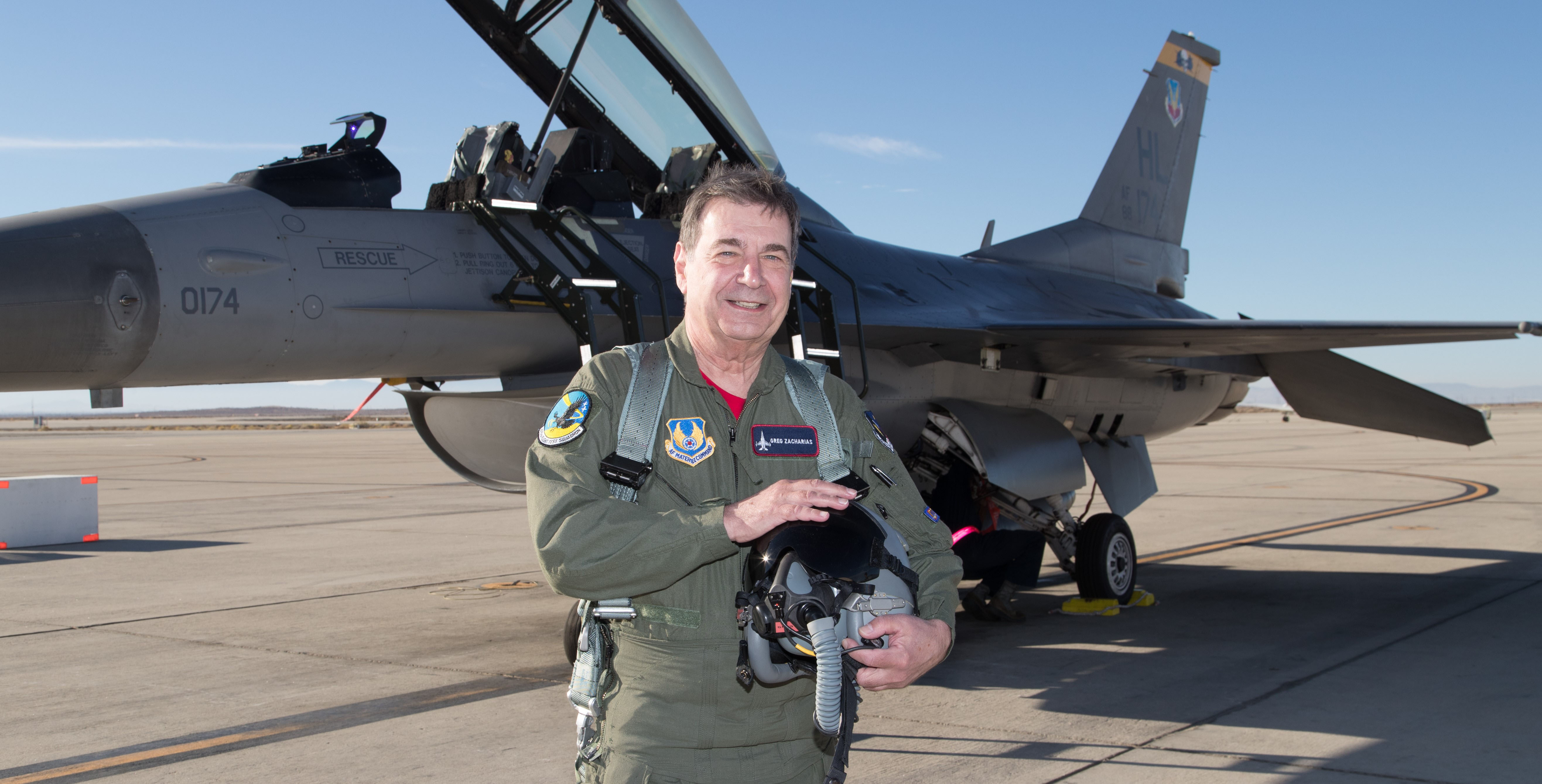Big-Picture Technology Guidance for U.S. Air Force Leadership
-
-
slice.mit.edu
Filed Under
Recommended

Greg Zacharias ’67, SM ’74, PhD ’77 helped design the space shuttle’s reentry flight control system as an Air Force lieutenant at NASA’s Johnson Space Center, served as a senior scientist at Bolt Beranek and Newman, and then led Charles River Analytics, a provider of intelligent systems R&D.
But he might be most enthusiastic about his recent two-plus-year appointment as chief scientist for the U.S. Air Force. He advised senior military and civilian leaders, identifying and analyzing technologies that affect the Air Force’s mission— like hypersonic vehicles, directed-energy weapons, and autonomous systems— while interacting with the Army, Navy, and other government agencies.
“I just loved that job; I was honored to have it,” he says. “It can be quite an exercise moving from a 150-person company to a 650,000-person organization, but I had a ball roaming around to facilities across the country and working with a truly dedicated technical community serving a military with a deep sense of duty.”
Zacharias says that civilian society in the U.S. might benefit from closer cultural ties with the military
Zacharias first worked with autonomous systems at the Department of Aeronautics and Astronautics’ Man Vehicle Laboratory, which has studied human-vehicle interactions for more than 50 years. “Down deep, I’m a flight controls and human factors person,” he says.
“Functions are getting more automated, and that’s going to continue,” adds Zacharias. Aircraft, he notes, originally had a “man-in-the-loop” handling all control and subsystem management. As aircraft and subsystems have advanced, the pilot’s role has become more supervisory. With the advent of increasingly autonomous systems, he anticipates a “man-under-the-loop” model, in which pilots (and others) are advised by artificially intelligent agents that may be more competent and less stressed. “That will probably happen faster than we think,” he says. This and other topics are covered in a new autonomy road map he developed with the Air Force Research Laboratory.
In a talk at his 50th reunion, Zacharias said that civilian society in the U.S. might benefit from closer cultural ties with the military: “They’re central to our health and happiness, and since the draft went away there’s a separation in some sense. But it’s a strong community, one that’s very dedicated to this country, and one that we could all benefit from.”
Retirement is not on Zacharias’s mind. Rather, he’s “in the process of figuring out a next act.”







